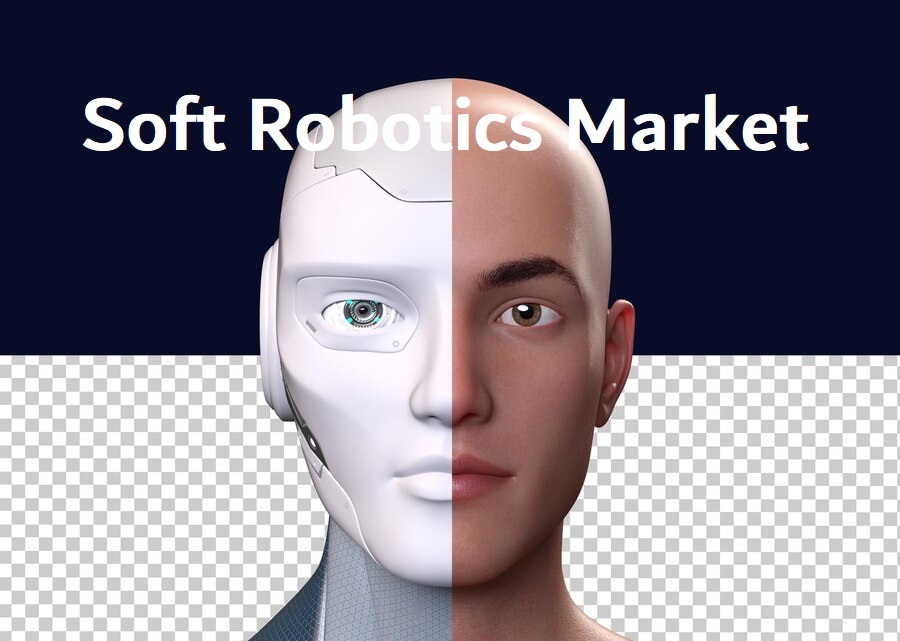Soft Robotics and Its Power to Fuel to Up Healthcare & Construction Industry

26 May
2022
Soft robotics is a subset of robotics that is concerned with the design, control, and fabrication of robots. This technology has the potential to eliminate the complications of technical and algorithmic robot designs. It has become more sophisticated over the years, especially in the medical field.
Soft robotics plays an essential role in the healthcare industry. For instance, soft robotics is widely used for the application of minimally invasive surgical procedures, as this technology can provide low percentage of patient rejection and a level of flexibility. The healthcare assistive robots such as UV disinfection robots for hospitals, at the same time, are designed to get rid of all the germs present in the room. They are, in fact, very effective against the most dangerous pathogens like influenza, Ebola, norovirus, and others.
Furthermore, in the construction industry, soft robotics plays a major role in preventing accidents and loss of lives in the work area. It can assist the labor force in order to get the work done faster and with greater precision. As per the work requirements, it can move the raw materials to the desired location at a faster speed. Inspection robots can inspect manufacturing equipment, pipelines, buildings, transportation systems and much more. Construction robotics are also popular for its wide usage in welding & soldering applications such as a standard welding work cell, post-weld part placing, or loading & unloading a spot ped welder, and more in the construction field.
According to a report published by Allied Market Research, the soft robotics market size is anticipated to reach $3.41 billion with a considerable CAGR from 2020 to 2027. The Asia-Pacific region is currently holding the highest market share. This is attributed to several factors such as surge in penetration of AI based technologies, development of advanced manufacturing processes, innovations in the healthcare sector, and increase in industrialization in the emerging economies like China, South Korea, Japan, Singapore, and India.
In addition, soft robotics technology is of lower price with higher return on investment, which is why, the demand is increasing to a great extent. Innovation in robotics for SMEs, at the same time, is providing lucrative opportunities for the growth of the global soft robotics market.
However, the outbreak of the COVID-19 pandemic led to have a negative impact on the growth of the global soft robotics market, owing to cancellation of construction projects, unavailability of raw materials, closure of production hubs, contractual obligations, supply chain disruptions, and many more. Nevertheless, the global situation has started getting better and the market is expected to boom back soon

Koyel Ghosh
Author’s Bio- Koyel Ghosh is a blogger with a strong passion and enjoys writing in miscellaneous domains, as she believes it lets her explore a wide variety of niches. She has an innate interest in creativity and enjoys experimenting with different writing styles. A writer who never stops imagining, she has been serving the corporate industry for the last five years.
Mobile Device Management To Gain Importance With The Advent Of Artificial Intelligence And Augmented And Virtual Reality
Avenue: Entire Library membership of Allied Market Research Reports at your disposal
- Avenue is an innovative subscription-based online report database.
- Avail an online access to the entire library of syndicated reports on more than 2,000 niche industries and company profiles on more than 12,000 firms across 11 domains.
- A cost-effective model tailored for entrepreneurs, investors, and students & researchers at universities.
- Request customizations, suggest new reports, and avail analyst support as per your requirements.
- Get an access to the library of reports at any time from any device and anywhere.
Related Post
-
How are Submarine Cables Transforming Global Connectivity with Enhanced User Experience?
-
Endoscopy Procedures: Transformations in Techniques and Applications
-
AI-Powered Video Analytics: How the Product Actually Works for enterprises
-
Painting Robots: Transforming Precision Coating and Creative Applications
-
Innovations in Pharmacovigilance Systems Advancing Patient Safety
-
Understanding Edge Security: Keeping Data Safe Near the Source
-
Exploring the Use and Advancements of 3D Laser Scanners in Professional Applications
-
Reinforcing Industrial Controls with Smarter Tools and Training








